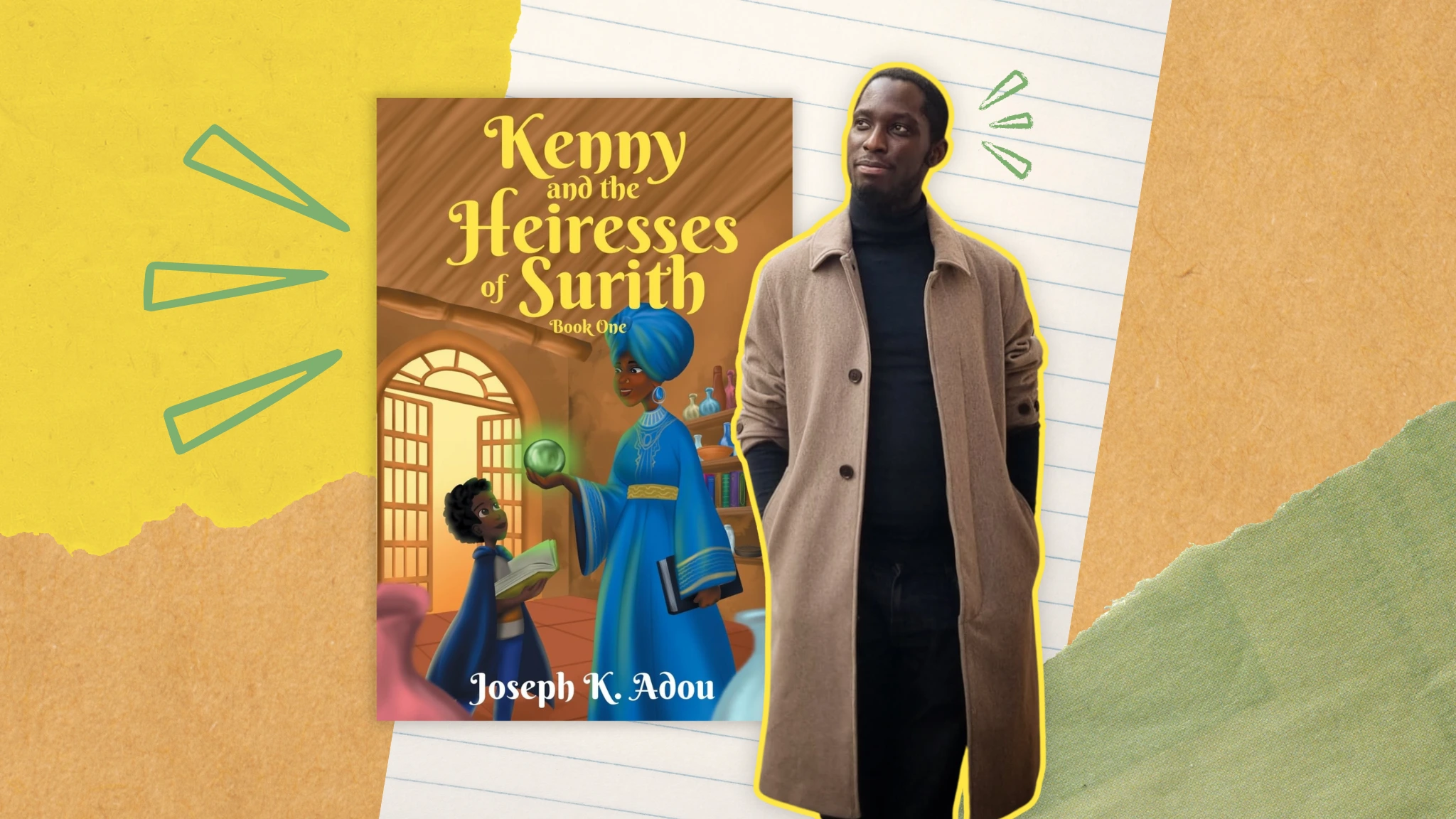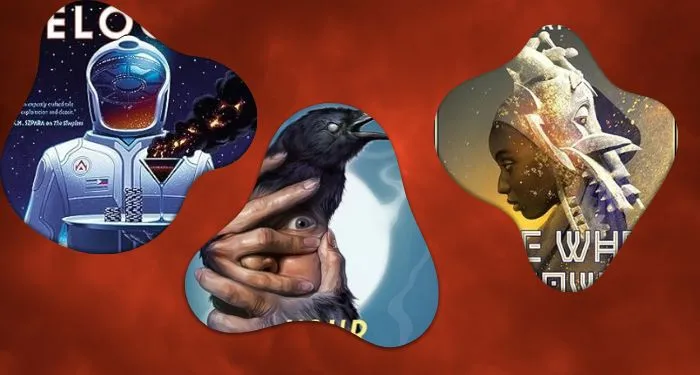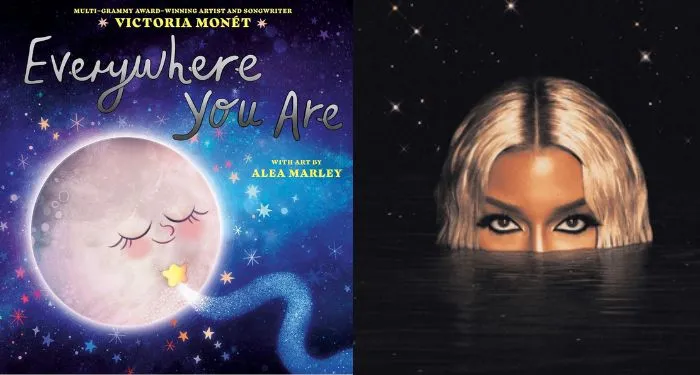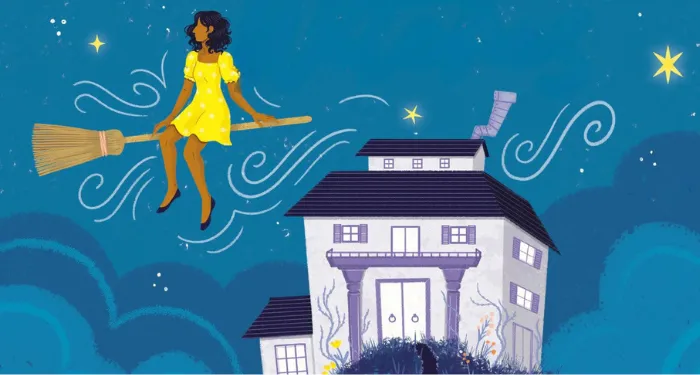Posted by CBethM on October 9, 2024 in Author Posts |
Want to experience some fun science with the kids? Go outside and look up into the night sky and be dazzled by the stars. We are such tiny beings in this universe amidst these billions and billions of stars.
Whether you live in the city, the suburbs or the country, you can see the night sky. There is so much to be curious about up there. The moon is an amazing ever-changing that shows us that we’re always on the move rotating around our axis as it rotates on its axis as well as revolving around us. The phases, the movement on the sky. Try going out every night to look at the moon at the same time for a week or even a month and get the kids to observe what they see. It’s never the same because we’re always moving!
And of course there are the stars themselves. I have been fascinated by constellations since 4th grade when my teacher, Mr. Holbrook, taught us the names and shapes and stories behind the constellations.
Constellations are groups of stars that have a pattern we can recognize. As long as human beings have gazed up into the sky we have grouped some of the stars together into patterns and made up stories about them. Like huge glow-in-the-dark connect-the-dots puzzles. Humans have used these patterns to navigate both land and sea in the dark. Different cultures have different stories. It’s fun to look these up and compare. And get kids to come up with their own stories and characters.
But let’s be honest, all those points of light can be overwhelming and it’s not so easy to see the whale, the sea goat and the flying horse up there. The Big Dipper and Orion are pretty easy to spot, but there are so many more constellations up there.
The great thing is that if you can spot the Big Dipper or Orion, you can use these stars to find other constellations and you’re on your way to unlocking the whole sky.
That’s why I came up with my Pop-Up Planetarium. It’s got a star wheel in the cover so you can line up the direction, the day and the time to find a map of exactly what’s overhead. Then you can start seeing the connections. The Big Dipper (Part of Ursa Major or Big Bear) can point you to the Little Dipper (Ursa Minor or Little Bear) and around the Litle Bear circles Draco the Dragon. See it on the chart and find it in the sky. It’s so cool when you can actually see the patterns in the sky.
But, what about the weather. I live in the Pacific Northwest and let’s face it, there are a LOT of nights that are cloudy and you can’t see a single star. Not a problem with the Pop-Up- Planetarium. The back page has a pop up of the night sky and you can place your flashlight inside and light up the stars on your ceiling.
Another thing I have done with my kids is to take a copy of the star chart and tape it on a piece of corrugated cardboard. Take a pushpin and poke the holes in the constellations you want to see. Then take that paper and put it over a flashlight. Turn off the lights and shine it on the wall. You can see the patterns. Compare it to the star wheel and when the sky is clear see if you can match up your map.
Another fun way to see the patterns is to make them. Get a bunch of mini marshmallows and toothpicks. Look at a constellation and the lines that connect the stars and try to recreate them in marshmallows.
Happily I am a nerd and it is my absolute joy to cultivate the curiosity in kids. There is so much around us to observe, wonder about, question and experiment to understand. I love my job! All of my writing—from over 50 books, websites, magazine articles or television shows—I was a writer on Bill Nye the Science Guy– my favorite thing is to wake up curiosity and make fascinating concepts accessible.
My favorite kind of science is the kind every kid has access to and may not even realize it. No matter where they live. Whether it’s looking at and protecting birds, making a home and saving wild mason bees or doing experiments with recycled plastic bottles, these things can be found and experienced pretty much everywhere from forests, suburbs, deserts, mountains, meadows and cities.
Ask the questions! Wonder and explore.



A four-time Emmy Award-winning writer for “Bill Nye the Science Guy,” Lynn Brunelle is an award-winning author of over 45 titles. She is a regular contributor to NBC’s New Day Northwest TV as a family science guru, Martha Stewart Radio as a family activity consultant and a contributor to NPR’s Science Friday.




















 English (US) ·
English (US) ·